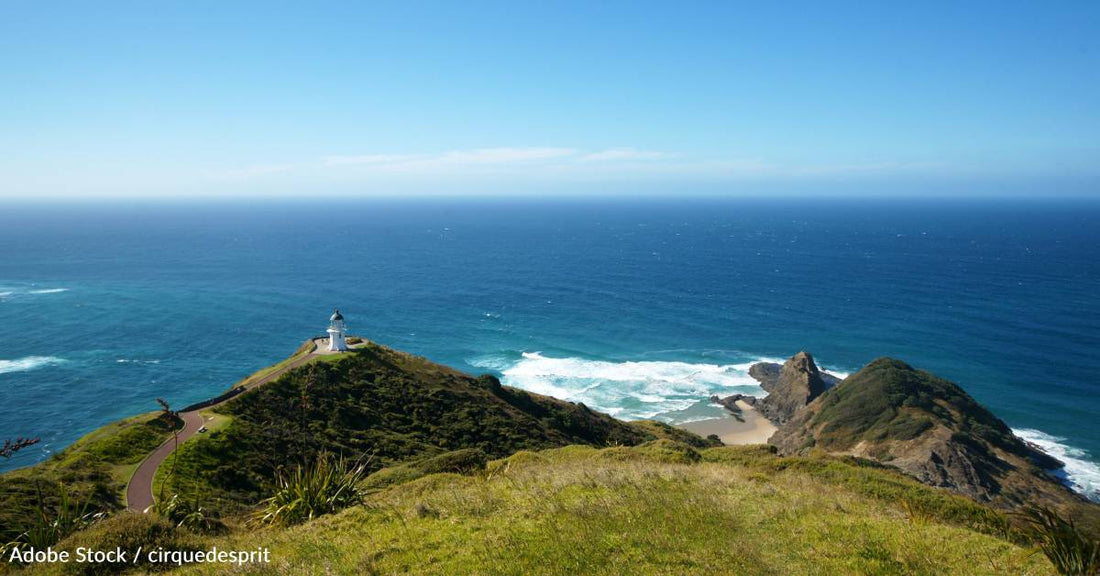New Species of Ghost Shark - Named for Discoverer's Grandmother - Found in New Zealand
Michelle Milliken
Though our oceans cover more than 70% of the earth’s surface, they largely remain a mystery yet to be discovered. It’s estimated that around 90% of sea creatures have yet to be classified. Knowledge of a brand-new species has just emerged, however.
NIWA in New Zealand recently announced that a new species of ghost shark, or chimaera, has been discovered during research surveys for Fisheries New Zealand off the country’s coast. The Australasian Narrow-nosed Spookfish was described by NIWA Fisheries scientist Dr. Brit Finucci.
It had been thought to be part of a single species found throughout the world, but there were certain morphological and genetic differences. Dr. Finucci says some of the differences include its elongated, narrow and depressed snout; large eyes; long, slender trunk; and long, broad pectoral fins. She says it also has a “lovely” chocolate brown color.
Its scientific name, Harriotta avia, is also in honor of her grandmother.
Dr. Finucci explains, “Avia means grandmother in Latin; I wanted to give this nod to her because she proudly supported me through my career as a scientist. Chimaeras are also rather ancient relatives – the grandmas and grandpas – of fish and I thought the name was well suited.”
You’re not apt to see one up close, as they live at ocean depths of thousands of feet in Australia and New Zealand.

Ghost sharks have special adaptations for this type of environment, though. The Smithsonian says their eyes have a reflective tissue layer that looks like it glows in the dark. These cousins of more standard sharks also lack scales and eat crustaceans with beak-like teeth.
Due to their elusive nature, we still have plenty to learn about them.
Dr. Finucci says, “Ghost sharks like this one are largely confined to the ocean floor, living in depths of up to 2,600m. Their habitat makes them hard to study and monitor, meaning we don’t know a lot about their biology or threat status, but it makes discoveries like this even more exciting.”

